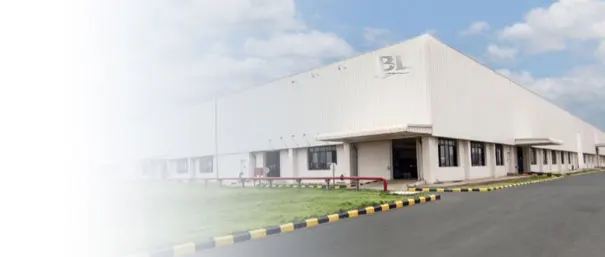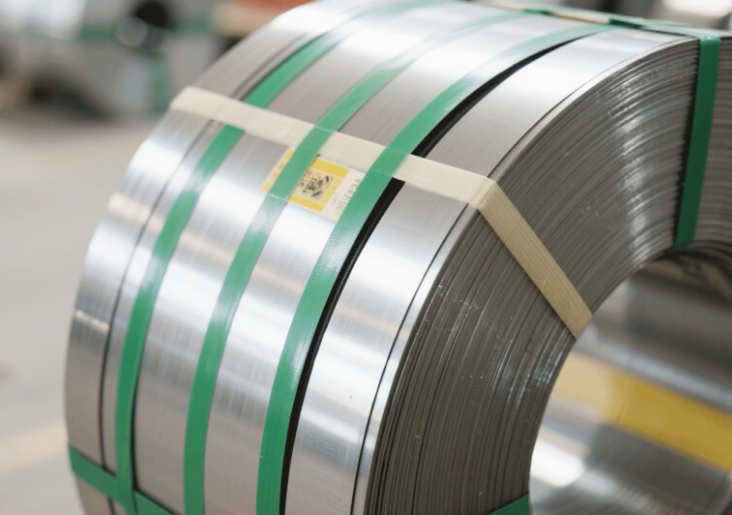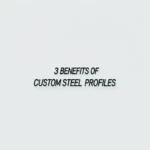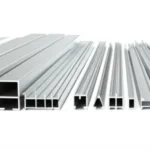1. Global and Chinese Market Price Trends
- 2020–2022:
The COVID-19 pandemic triggered severe supply chain disruptions, causing 410 SS strip prices to surge from ¥8,500/ton in early 2020 to ¥13,000/ton in May 2021 1. This was driven by rising raw material costs (e.g., iron ore and chromium) and surging downstream demand. Prices later stabilized at ¥10,500–11,500/ton in 2022 as global economic slowdown and restored production capacity eased pressure. - 2023–2024:
Chinese prices ranged between ¥9,500–12,000/ton, while European markets, impacted by energy crises, saw prices 20–30% higher ($1,400–1,800/ton FOB) 1. In 2024, China’s overall steel strip prices fell by 9.67% YoY, with Tangshan 335-grade strip averaging ¥3,515/ton 6. - 2025 (as of April):
Chinese 410 SS strip prices hovered at ¥8,800–9,800/ton (e.g., Hebei, Sichuan), while European prices remained elevated at $1,300–1,800/ton FOB due to high energy costs and carbon tariffs 1.
2. Core Drivers of Price Volatility
Raw Material Costs
- Chromium:
High-carbon ferrochromium prices reached ¥7,400–7,600/50 base ton in March 2025, with South African 40–42% chrome concentrate trading at $260/ton 7. Fastmarkets adjusted its UG2/MG chrome ore index to a 1.3:1 chromium-to-iron ratio in 2023, reflecting market liquidity and reducing normalization requirements 8. - Iron Ore:
Imported ore prices averaged ¥755/ton in 2024 (down 11% YoY), but Brazil’s Vale production increases in 2025 may further depress prices 6. - Energy:
Electricity and natural gas costs, particularly in Europe, significantly impact production expenses.
Supply-Demand Dynamics
- Demand:
China’s strip demand fell 10.23% YoY in 2024 due to weak real estate activity. However, new energy vehicles (NEVs) and photovoltaic (PV) sectors are projected to drive 5–8% demand growth in 2025 6. - Supply:
China’s crude steel production is expected to decline 1.1% in 2025 under “dual carbon” policies, though electric arc furnace (EAF) capacity expansions may offset some reductions 12.
Policy and Trade
- China’s “Dual Carbon” Policy:
Aims to peak carbon emissions by 2030 and achieve carbon neutrality by 2060, reducing high-energy-consuming capacity 11. - EU Carbon Border Adjustment Mechanism (CBAM):
Increases export costs for Chinese steel producers. - U.S. Section 232 Tariffs:
Imposed 25% tariffs on steel imports in 2018 to protect domestic industries, reshaping global trade flows 9.
3. Regional Price Disparities and Case Studies
| Region | 2024 Average Price | April 2025 Price | Key Influences |
|---|---|---|---|
| China | ¥9,500–11,500/ton | ¥8,800–9,800/ton | Raw materials, property policies, export rebates |
| Europe | $1,400–1,700/ton | $1,300–1,800/ton | Energy costs, CBAM, local demand |
| North America | $1,500–1,900/ton | $1,400–1,850/ton | Import tariffs, energy prices, automotive sector |
- Case Studies:
- Foshan, China:
In February 2025, 304 cold-rolled stainless steel production costs reached ¥13,080/ton, while 410 SS strip prices stayed low at ¥8,800–9,800/ton due to minimal nickel content 1. - Germany:
Thyssenkrupp’s 410 SS strip $1,800/ton, 30% higher than Chinese export prices, driven by EU carbon taxes and environmental compliance costs 1.
- Foshan, China:
4. Future Price Projections (2025–2026)
- Short-Term (2025):
- China: Prices may fluctuate between ¥8,500–10,500/ton, supported by high chromium costs and moderate demand recovery.
- Europe: Prices could exceed $1,800/ton if energy prices rebound or CBAM expands.
- Long-Term (2026):
- Green energy and NEV demand will likely push Chinese prices to ¥10,000–11,000/ton and European prices above $2,000/ton.
- Risks include chromium supply disruptions, global recessions, and escalating trade conflicts.
5. Data Sources and Recommendations
- Authoritative Platforms:
- China: Changjiang Nonferrous Metals Network (daily updates) 3, Mysteel (real-time data) 6.
- Global: Metal Bulletin, Fastmarkets (chromium ore indices) 7.
- Strategic Insights:
- Buyers: Monitor chromium futures (e.g., South African chrome concentrate) and China’s steel capacity policies to secure long-term contracts.
- Investors: Track NEV and PV growth to assess demand-side impacts.
- Producers: Optimize energy efficiency and explore Southeast Asian markets to diversify risks.
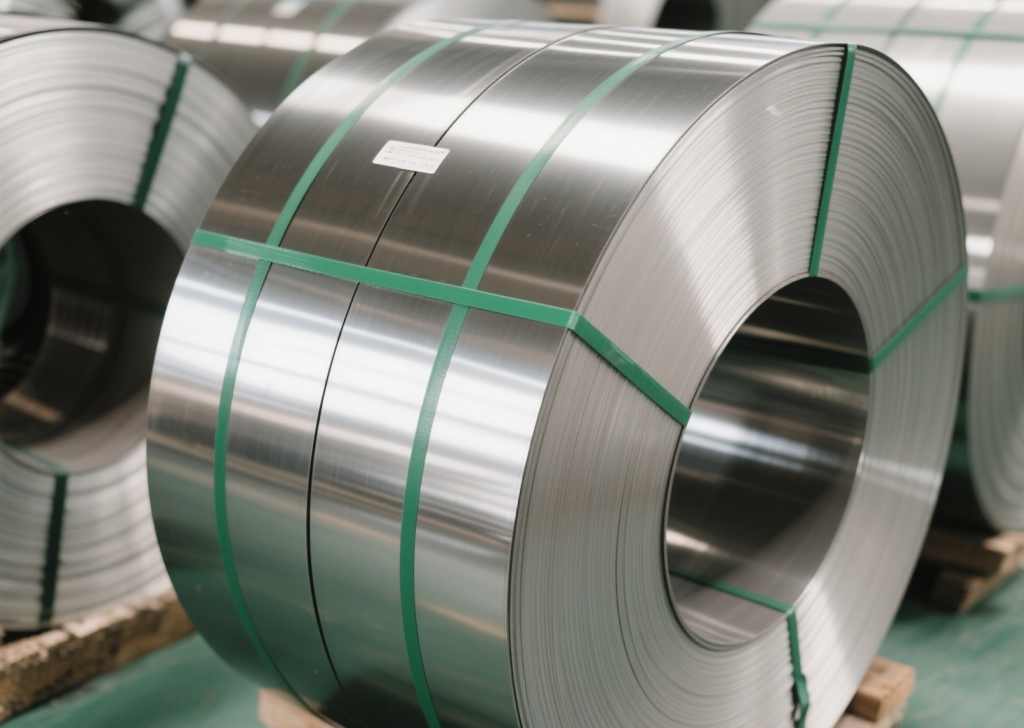
Conclusion
410 SS strip prices remain sensitive to raw material volatility, policy shifts, and industrial demand. In 2025, markets face a “strong cost support, weak demand recovery” landscape. Stakeholders must leverage real-time data and adapt to green transitions to navigate uncertainties. For instance, EAF adoption could reduce carbon footprints and production costs 13, while trade policies like Section 232 tariffs will continue reshaping global supply chains


Key Specifications
- Standards and grades
- Dimensions and tolerances
- Surface finish
- Certificates (MTC)
Applications
Construction, machinery, energy and general fabrication — match material and finish to the operating environment.


